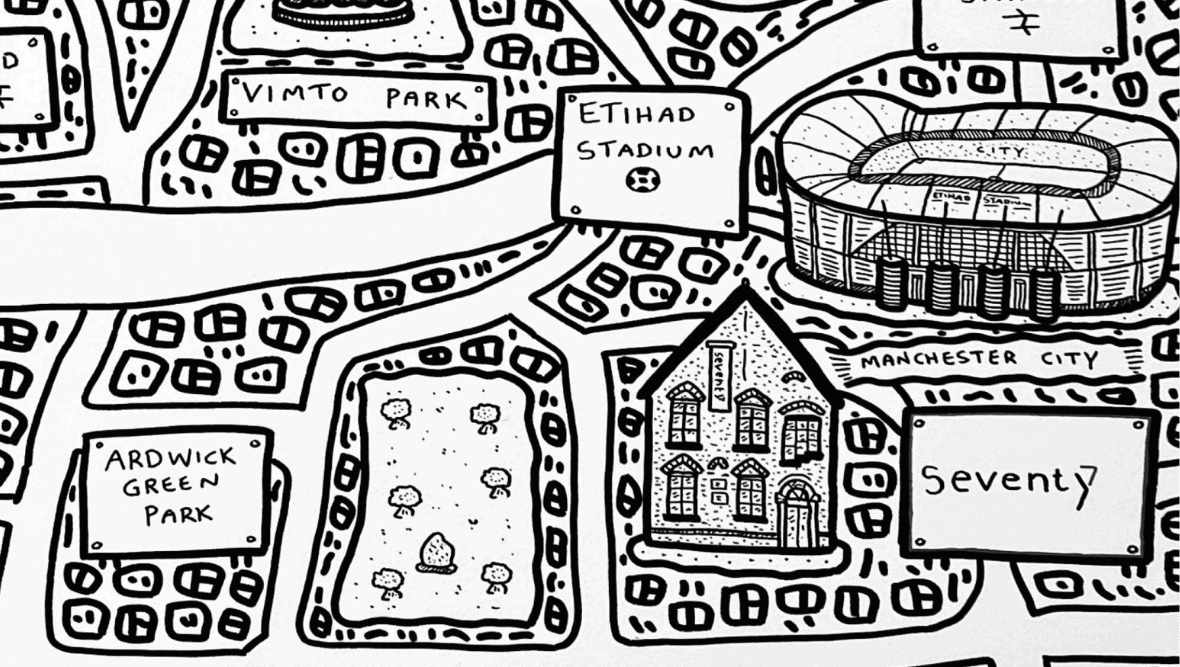
Who’s Disrupting Who?
Digital innovation is, for many retail brands, the engine room of accelerated change. With constant problem-solving as standard in the digital creative process, it’s a discipline uniquely suited to constant evolution. But what happens when change is being driven by the consumer? What happens when it’s not up to the digital creatives to disrupt the market, but instead it’s the end user who’s sending those shockwaves through an industry landscape?
Increasingly, this is the reality of retail for brands in 2017. With a market of consumers who know more than ever, making your brand feel fresh and relevant is a task that is as difficult as it is imperative.
These shoppers ain’t loyal
For the past decade, a growing generation who are disengaged with physical shopping has been taking hold of the retail market. It’s old news that brands that don’t embrace online are being left behind, but it’s not just footfall that’s being lost without physical contact between brand and customer – so too is brand loyalty.
But that’s not coming from a generation who don’t value brands, it’s coming from greater expectations. An IBM/NRF study found that Gen Z consumers are “very willing to switch brands, and they’re demanding rather than fickle, with 52% willing to transfer loyalty from one brand to another if quality is not up to par.”
Rather than decrying this generation as one that doesn’t know what it wants, the brands that are surviving and thriving are the ones who realise it’s precisely the opposite. So what’s the solution? How does a brand capture the attention of consumers who don’t have time to waste? There’s much to be learned from perfecting that which won custom in the pre-ecomm marketplace, and much to innovate towards.
Take from the old
As it stands, dreams of recreating the British high streets of old are just that – dreams. While traditional, physical shops we grew up with may no longer suffice as a business' sole selling presence, there are still lessons to take from the street to the homepage. Where a friendly shop staff and a passion for great service kept one local shop open for decades, the same disciplines shine through in calming a disruptive landscape. A personal, approachable touch is still key, from a tweet to a billboard campaign. Does your brand feel like it's run by real, passionate people?

It’s vital to keep up-to-date with social media engagement as customers' habits online change. From 2014 to 2016 the number of new Twitter users dropped by 34 million. This is unlike Instagram where users have grown from 2014 by 100 million each year. Clearly, photos and videos are what consumers are after. But this doesn’t mean brands should be complacent and put all their focus on Instagram. If statistics are anything to go by customers' tastes change and what’s a social media trend this year, might not be the fashion in a year.
Creating the next
But it’s not enough to be nice. In digital marketing and brand development, it's up to us to disrupt the market too, showing consumers we can kick down the restrictions of commercialism.
What unifies these behavioural must-haves for a brand? An identity that consumers can clearly identify and believe in. Whether brash or demure, artisan or everyman is not the important part. The one must-have is authenticity.
A unified tone of voice and messaging across all outlets is essential. This makes a brand recognisable and trustworthy. If social speaks to consumers with a different voice to stores or billboard campaigns customers will pick up on the fact that the brand doesn’t have a unified identity and they’ll go elsewhere. It’s that simple.

A distinct tone of voice and unified messaging links to knowing your consumers and targeting them specifically. Attempting to appeal to everyone will mean you appeal to no one. Persona targeting is key. Using your own statistics and internal data to target the consumers you know will want your brand is key. If your information is telling you that your consumers are young and web-savvy people is your tone of voice and messaging targeted to them? If not, it’s time to change it.
For young, principled, and web-native consumers, a brand’s identity has to be worth aligning oneself with.
The future will be digitised
Even the biggest brands in store-based retail are realising that to neglect digital is to be left in the dust. This year sees fresh investment from Wal-Mart in their own Click and Collect service, Wal-Mart PickUp. Tying a traditional retail model together with its online offering is something even giants of shopping can’t survive without.

“We are investing to win the future of retail, and I'm excited about the possibilities that our improved e-commerce capabilities will provide,” said Doug McMillon, president and CEO of Wal-Mart Stores.
“It is almost a constant testing ground with the consumer of what is available from a technology perspective and how fast can we think: What is the value proposition for the consumer, who is now very much in control of the brand and the shopping experience?” said Michael Klein, director, industry strategy and marketing for the Adobe Marketing Cloud. “
Consumers are leading the way, but this is a good thing if a brand is willing to communicate with their customers and discover what they really want.
The future is definitely digitised and companies not only need to keep up with it but also innovate and try new things to retain consumer interest.
How we'll be disrupting 2017
On 12th October, we'll be taking to the stage at Drapers Fashion Forum to talk about all things disruption and how creativity in fashion can have a positive impact on your business.
We'll be chairing a panel of leading influencers from the world of digital and fashion, including:
Tom Savigar - Senior Partner, The Future Laboratory
Dior Bediako - https://www.pepperyourtalk.co.uk/
You can follow our latest updates on Twitter using #77disruption

